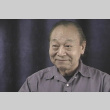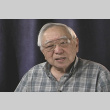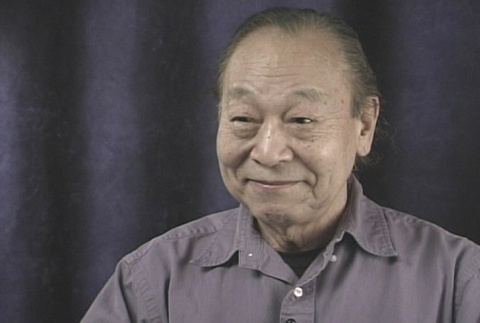












This interview focuses on the narrator's experiences working in the Alaska salmon cannery system in the 1930s.

This interview focuses on the narrator's experiences working in the Alaska salmon cannery system in the 1930s.

This interview focuses on the narrator's experiences working in the Alaska salmon cannery system in the 1930s.

This interview focuses on the narrator's experiences working in the Alaska salmon cannery system in the 1930s.

This interview focuses on the narrator's experiences working in the Alaska salmon cannery system in the 1930s.

This interview focuses on the narrator's experiences working in the Alaska salmon cannery system in the 1930s.

This interview focuses on the narrator's experiences working in the Alaska salmon cannery system in the 1930s.

This interview focuses on the narrator's experiences working in the Alaska salmon cannery system in the 1930s.

This interview focuses on the narrator's experiences working in the Alaska salmon cannery system in the 1930s.

This interview focuses on the narrator's experiences working in the Alaska salmon cannery system in the 1930s.

This interview focuses on the narrator's experiences working in the Alaska salmon cannery system in the 1930s.

This interview focuses on the narrator's experiences working in the Alaska salmon cannery system in the 1930s.

This interview focuses on the narrator's experiences working in the Alaska salmon cannery system in the 1930s.


